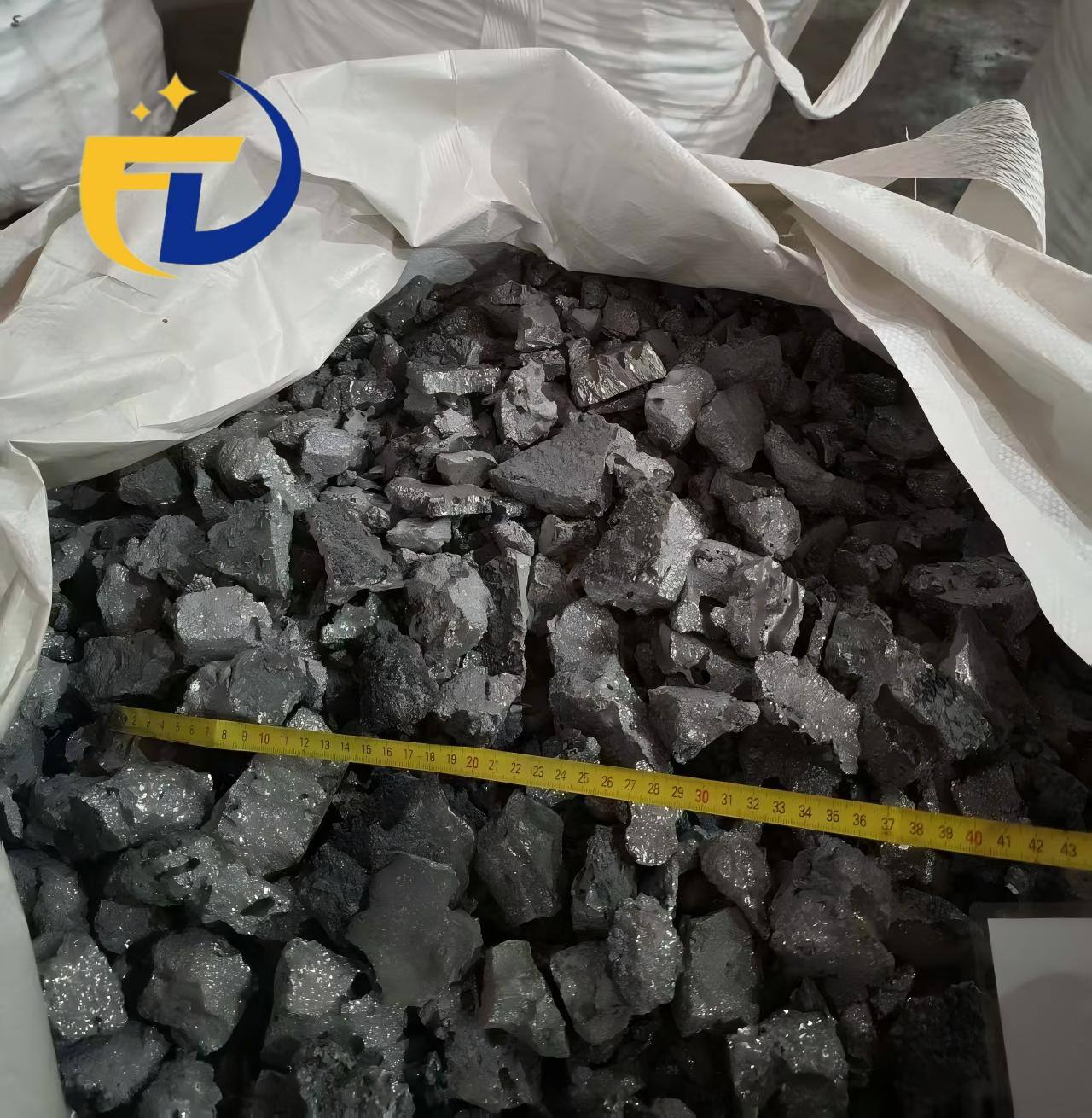Обзор индустрии низкоуглеродного феррохрома
Индустрия низкоуглеродного феррохрома (НУФХ) является важным сегментом мирового рынка ферросплавов и в первую очередь определяется спросом на высококачественные нержавеющие и специальные стали. Состояние отрасли тесно связано с сектором нержавеющей стали, на долю которого приходится около 90% потребления НУФХ.
Производство НУФХ является более сложным и энергоёмким по сравнению с производством высокоуглеродного феррохрома из-за необходимости точного контроля содержания углерода. Традиционные методы включают:
· Процесс Перрин (горячее смешивание металла): Этот метод использует две электрические печи — одну для плавки смеси хромитовой руды и извести, а другую для производства сплава кремния и хрома. Затем две расплавленные массы смешиваются в ковше, где происходит интенсивная экзотермическая реакция, снижающая содержание углерода. Данный процесс известен высоким коэффициентом извлечения хрома и возможностью получения очень низкого содержания углерода.
· Вакуумная твердофазная декарбонизация (VSSD): передовой метод, при котором мелкоизмельчённый феррохром с высоким содержанием углерода обрабатывается в вакуумной печи при высоких температурах. Этот метод позволяет достичь сверхнизкого содержания углерода ниже 0,03% и эффективно контролировать уровни кислорода и азота.
Значительная тенденция в сталеплавильном производстве, особенно в связи с процессом аргон-кислородной декарбонизации (AOD), повлияла на спрос на низкоуглеродистый феррохром (LCFC). Современные сталеплавильные предприятия всё чаще используют более дешёвый феррохром с высоким содержанием углерода для первоначальной плавки и добавляют низкоуглеродистый феррохром только на заключительных этапах для точной корректировки состава, что позволяет оптимизировать общие производственные затраты.
Однако отрасль сталкивается с такими проблемами, как колебания стоимости сырья и ужесточение экологических норм. В ответ на это наблюдается активный переход к экологически чистым и устойчивым технологиям производства. Например, разрабатываются новые процессы получения соединений хрома из феррохрома без образования загрязняющего шлака, что соответствует глобальным экологическим стандартам.
Кроме того, изменения в международной торговой политике, такие как повышение пошлин, вынуждают китайских производителей LCFC пересматривать свои глобальные стратегии. Компаниям рекомендуется диверсифицировать деятельность на развивающиеся рынки Юго-Восточной Азии, Ближнего Востока и Восточной Европы, а также переходить от конкуренции по цене к конкуренции по качеству продукции и технологическим инновациям.
В заключение, индустрия низкоуглеродного феррохрома движется по пути технологического совершенствования и стратегической адаптации. Успех в будущем будет зависеть от способности производителей повышать эффективность, снижать воздействие на окружающую среду и оперативно реагировать на изменяющиеся требования глобального рынка стали.



